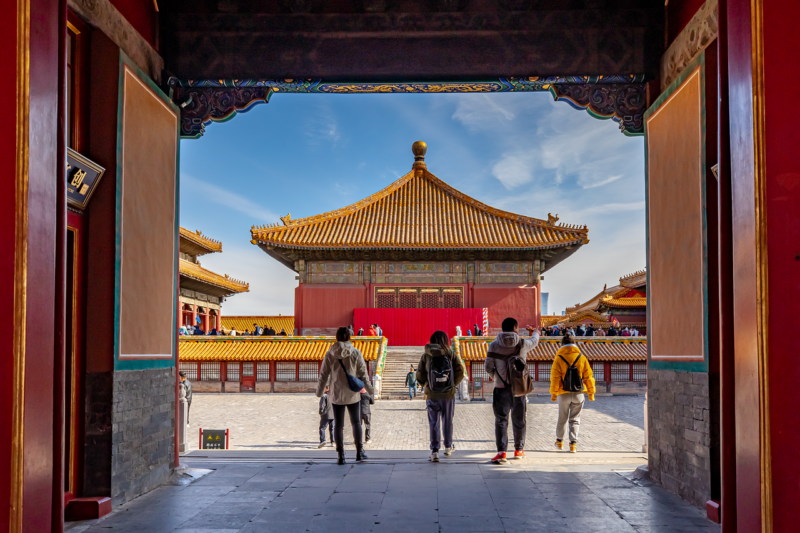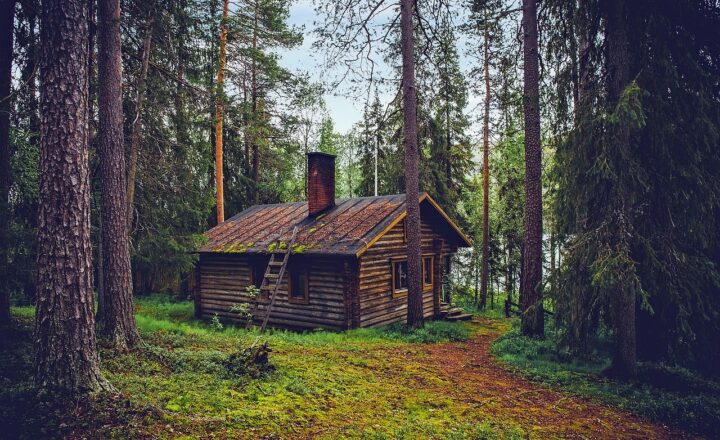A Guide to Choosing the Right Camera for Landscape Photography and Nature Shots
November 13, 2024

Landscape photography is not just about pointing and shooting; it’s about capturing the essence of nature in a way that tells a story and evokes emotions. Choosing the right camera is a crucial step in this journey. With myriad options available, selecting the ideal camera can be overwhelming, especially for beginners. This guide will help you navigate through the features, specifications, and types of cameras suitable for landscape photography and nature shots.
1. Understanding Photography Basics
Before diving into camera specifics, it’s essential to understand what makes a good landscape photograph. Key elements such as composition, lighting, and the right camera settings impact the final image quality. A good landscape photograph should capture the mood, light, and details of the scene.
*Photography Tips:*
– Golden Hour: The best time to take landscape shots is during the golden hour, just after sunrise or before sunset, when the light is softer and warmer.
– Leading Lines: Use natural lines in the landscape to guide the viewer’s eye into the photograph.
– Depth of Field: Use a small aperture (high f-stop number) to keep the foreground and background in focus.
2. Types of Cameras for Landscape Photography
To start your landscape photography journey, you’ll need to decide which type of camera suits your needs best. Here are the most common types:
– DSLR Cameras: Digital Single-Lens Reflex (DSLR) cameras allow for interchangeable lenses and provide manual controls necessary for fine-tuning exposure, aperture, and shutter speed. Their bigger sensors generally offer better image quality, especially in low-light conditions.
– Mirrorless Cameras: Similar to DSLRs in image quality but typically lighter and more compact. They also have interchangeable lenses and live-view functionality, making it easier to compose shots in real time.
– Point-and-Shoot Cameras: Offering compact designs, these cameras are excellent for beginners who want to focus on composition without worrying too much about manual settings. However, their limited settings and sensor size might not produce high-quality images like DSLRs or mirrorless options.
– Medium Format Cameras: For serious landscape photographers, medium format cameras provide stunning resolution and detail. While these cameras are more expensive and not as portable, the ultra-high resolution images they capture are often worth the investment.
3. Key Features to Look For
When choosing a camera, certain features can significantly enhance your landscape photography experience:
– Sensor Size: Generally, larger sensors capture more light and detail, producing higher image quality. Full-frame sensors are preferable for landscape photography.
– Megapixels: While more megapixels aren’t always better, a higher megapixel count can help in producing larger prints and capturing fine details. A camera with at least 20-24 MP is recommended for landscape photography.
– Dynamic Range: A camera that can capture a wide range of tones–from deep shadows to bright highlights–will lead to better-looking landscape photographs, especially in high-contrast situations.
– Lens Options: The versatility in lens options allows photographers to capture a variety of scenes, including wide-angle shots for sweeping vistas or macro lenses for capturing intricate details in nature.
– Stabilization: For long exposure shots or shooting in low-light conditions, in-body stabilization will help reduce camera shake and yield sharper images.
4. Recommended Cameras for Landscape Photography
Here are some recommended camera models for landscape photographers:
– Canon EOS 5D Mark IV: A full-frame DSLR with a 30.4 MP sensor, great dynamic range, and excellent weather sealing for outdoor conditions.
– Nikon Z7 II: A mirrorless camera with a 45.7 MP sensor that boasts remarkable resolution and color accuracy, making it perfect for nature shots.
– Sony Alpha a7 III: This versatile full-frame mirrorless camera combines excellent image quality with user-friendly features, perfect for both new and experienced photographers.
– Fujifilm GFX 50R: A medium-format mirrorless camera that provides exceptional resolution (51.4 MP) and dynamic range, ideal for fine art landscape photography.
– Olympus OM-D E-M1 Mark III: A lightweight mirrorless camera with powerful image stabilization, making it a great choice for hikers and outdoor shooters.
5. Lenses for Landscape Photography
While the camera body is essential, lenses play an equally critical role in your landscape photography kit. Here are key lenses to consider:
– Wide-Angle Lens: A lens between 14mm to 24mm allows you to capture expansive landscapes, architectural elements, and vast skies.
– Standard Zoom Lens: A 24-70mm lens often provides great versatility for landscape photography, allowing you to zoom in or out depending on the scene.
– Telephoto Lens: A 70-200mm lens can help you isolate subjects in the landscape or capture distant details like wildlife or mountain ranges.
– Macro Lens: If you’re interested in capturing the intricate details of nature, such as flowers or insects, a macro lens is indispensable.
6. Accessories for Landscape Photography
Accessories can further enhance your landscape photography experience, including:
– Tripod: A sturdy tripod is essential for long exposure shots and stability, especially in windy conditions.
– Filters: Neutral density filters and polarizers can improve colors, reduce glare, and enhance the overall impact of the landscape photo.
– Camera Bag: A weather-sealed bag ensures your gear is protected during hikes and in diverse weather conditions.
– Extra Batteries and Memory Cards: Outdoor shooting can be unpredictable, so being prepared with extra power and storage is vital.
7. Conclusion: Your Path to Stunning Landscape Photography
Capturing breathtaking landscapes requires the right equipment, a good understanding of photographic techniques, and a passionate eye for detail. By selecting a camera that aligns with your style and needs and investing in quality lenses and accessories, you’ll be well on your way to creating stunning landscape and nature photographs that inspire others.
The journey of landscape photography is about exploring the beauty of nature around you. Don’t hesitate to venture into the world of photography; embrace the learning experience and enjoy capturing the wonders around you.
Happy shooting!





